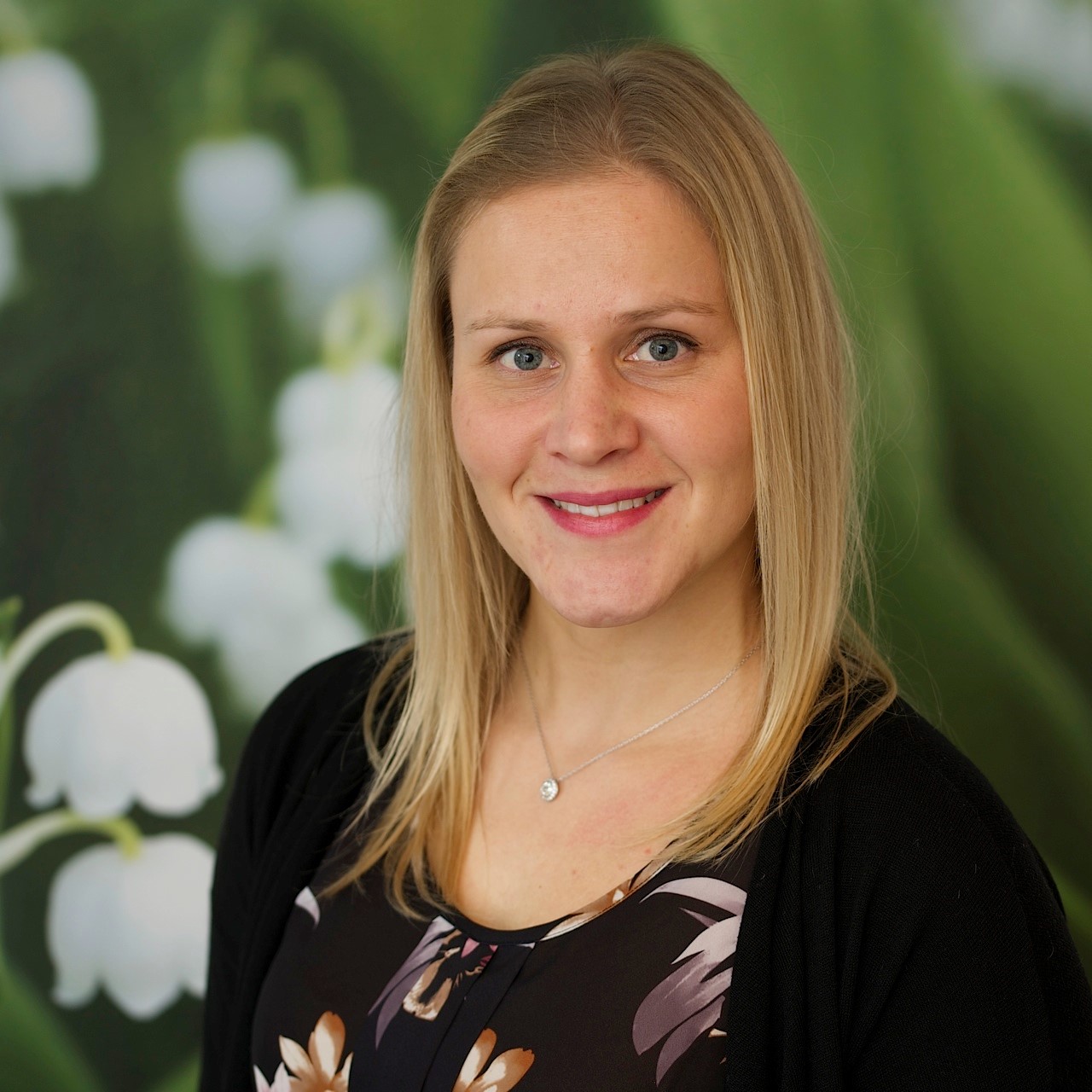
Leàn Rolfes
Netherlands Pharmacovigilance Centre Lareb

Illustration: Shutterstock
The Netherlands Pharmacovigilance Centre Lareb recognises there is a big leap between enabling patients to report and achieving more integrated patient involvement.
By opening up to patients as reporters, Lareb shifted focus from being drug-centred to patient-centred. In the recently published paper “Fifteen years of patient reporting – what have we learned and where are we heading to?” Lareb staff mark the 15-year milestone of patient reporting, analysing their journey so far and planning future directions.
“There was quite some resistance against patient reporting in those days,” said Lareb’s Kees van Grootheest, who initiated the centre’s patient reporting. “The official point of view was that ADR reports needed professional confirmation. The first paper to give an overview of the pros and cons had – not surprisingly – a question mark: ‘Consumer ADR reporting – a new step in pharmacovigilance?’ I am glad much has changed since then and that patients now play a key role in pharmacovigilance.”
In the past 15 years at Lareb, the number of reports by patients has grown rapidly, as has their contribution to signal detection. Fifteen years of experience with patient reporting has shown that patients add value to pharmacovigilance and that their involvement strengthens the pharmacovigilance system. But to make the best use of patient-reported outcomes, the methods used in pharmacovigilance need to be optimised further. As Lareb’s reporting systems for patients have matured, important changes have emerged in the way we view patient-reported information and work with those reports, as well as in the broader output we now generate as a pharmacovigilance centre.
For this reason, our methods and systems for collecting, coding, and analysing patient-reported information also need more development. Among them are the methodo-logies for detecting and assessing possible signals. For example, patient reports generally contain a large amount of unstructured information in the narrative. Extracting that information and putting it to use is challenging, but natural language processing and text mining of reports in pharmacovigilance databases has the potential to make the most of the richness of those patient ADR experiences.
Lareb’s experience has also highlighted the need for more attention and education about patient reporting. We still see large differences in the number of patient reports between countries. Many countries world-wide do not accept reports from patients, while many others do but struggle to use that information optimally. Financial restraints and a lack of information and education among patients have both been identified as important barriers to overcome. Additionally, health investment indicators were found to be relevant factors for countries with higher patient reporting rates.
Reaching patients and raising awareness about ADRs is important, as many patients do not know either that they can report or where they should report. However, Lareb’s experience shows that the scope of patient participation in pharmaco-vigilance should not be limited to that of reporter only. It is important to increase patient involvement in other aspects as well. Until now, patients have mostly been involved in pharmacovigilance as reporters of ADRs. This is, in many respects, one-way communication, and we think it is important to make the interaction with patients two-way, encouraging a dialogue with them in matters of pharmaco-vigilance. This can be achieved by national pharmacovigilance centres enhancing their collaboration with patient organisations.
For example, Lareb recently worked together with an organisation for patients with thyroid disorders to disseminate a signal about the occurrence of anxiety and panic attack with the use of levothyroxine. Through the patient organisation’s magazine, newsletter, Facebook page, and Twitter feed, we reached almost 14,000 thyroid patients. The experience was a positive one and we found this method sufficient to inform patients about pharmacovigilance.
Lareb will continue to work with patient organisations to further develop the patient’s role. We want to focus on their needs and discuss with them what barriers they experience concerning pharmacovigilance. In this way, we hope to have a two-way conversation with patients and move from patient reporting to patient involvement in pharmacovigilance.
Florence van Hunsel and Linda Härmark also contributed to this article.
Read more:
How can we make healthcare safer for children? ISoP’s Angela Caro-Rojas shares insights ahead of World Patient Safety Day.
04 September 2025
Prof. Singhal passed away on 19 April 2025. He is survived by his wife, children, and a large community of pharmacology researchers who had the privilege of training under him.
02 July 2025
Oman’s VigiMobile launch is more than a technical upgrade. It signals a strong commitment to patient safety and public participation in pharmacovigilance.
17 September 2025